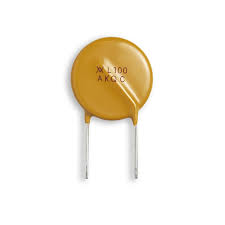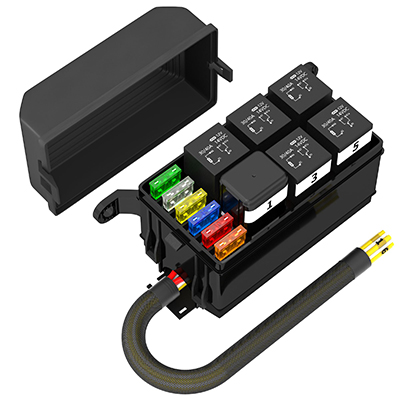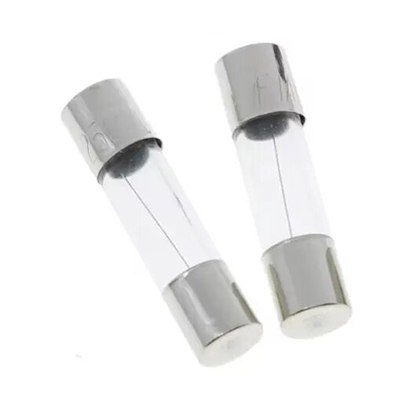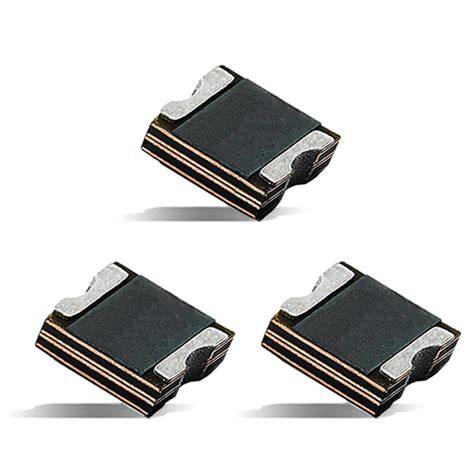A Detailed Analysis of Glass Fuses in Protecting Automotive Horn Circuits
News 2025-10-27
Glass fuses are essential components in automotive electrical systems, particularly in circuits like those powering car horns. These small devices play a crucial role in preventing damage from electrical faults by interrupting current flow when overloads or short circuits occur. In the context of car horn circuits, glass fuses ensure reliable operation by safeguarding against potential hazards that could arise from high current demands or wiring issues. Their design, featuring a thin wire enclosed in a glass tube, allows for quick and effective circuit protection, making them a standard choice in vehicles where space and efficiency are key considerations.

Applications in Automotive Horn Systems
Glass fuses find widespread use in automotive horn circuits due to their ability to handle the specific electrical loads associated with horn activation. In modern vehicles, horns are integrated into complex electrical networks, and fuses protect these circuits from surges that might result from frequent use or environmental factors like moisture. For instance, in electric vehicles or those with advanced sound systems, glass fuses are employed to maintain system integrity, preventing failures that could compromise safety features such as emergency signaling. This application extends to aftermarket modifications, where enthusiasts install enhanced horn systems, relying on glass fuses for consistent performance under varying conditions.
Performance Benefits in Circuit Protection
One of the primary advantages of glass fuses in car horn circuits is their rapid response time to overcurrent situations, which helps minimize damage to sensitive components. Unlike other fuse types, the transparent glass body allows for easy visual inspection, enabling quick diagnosis of faults without specialized tools. Additionally, glass fuses offer high breaking capacity, making them suitable for the intermittent high-current pulses typical in horn operations. Their compact size and cost-effectiveness further enhance their appeal, providing robust protection while contributing to the overall longevity and reliability of automotive electrical systems.
Frequently Asked Questions
1. What are the main types of glass fuses used in cars?
Glass fuses come in various ratings, such as fast-acting and slow-blow types, with automotive applications often using AGC or AGU series for horn circuits to match specific current needs.
2. How do glass fuses improve safety in horn systems?
By breaking the circuit during overcurrent events, glass fuses prevent overheating and potential fires, ensuring the horn system operates safely without risking damage to surrounding wiring.
3. What should be considered when selecting a glass fuse for a car horn?
Factors include the fuse’s amperage rating, response time, and compatibility with the vehicle’s voltage system to ensure proper protection without false tripping.


